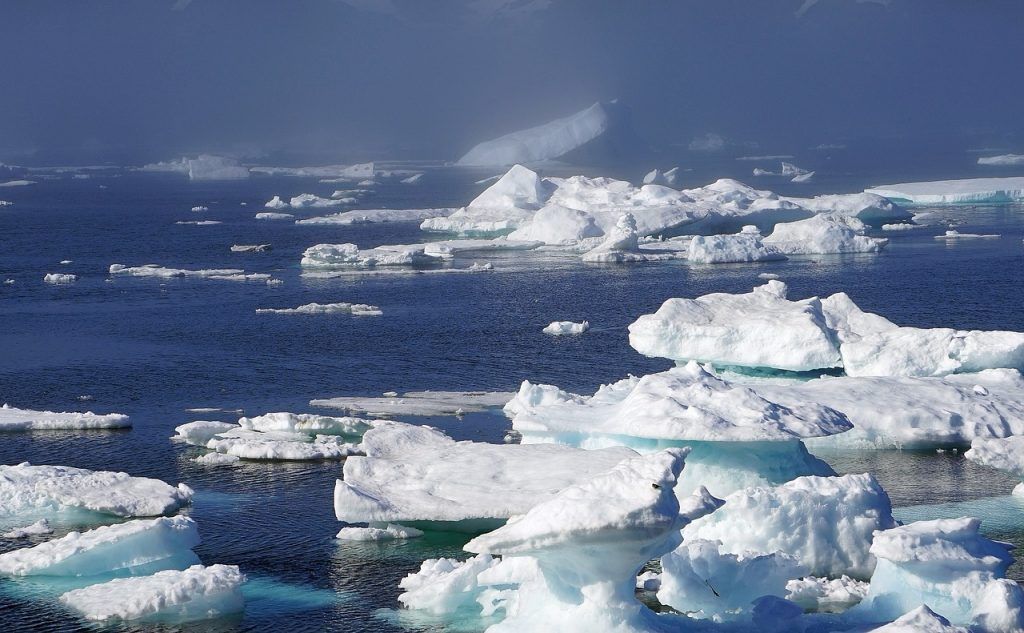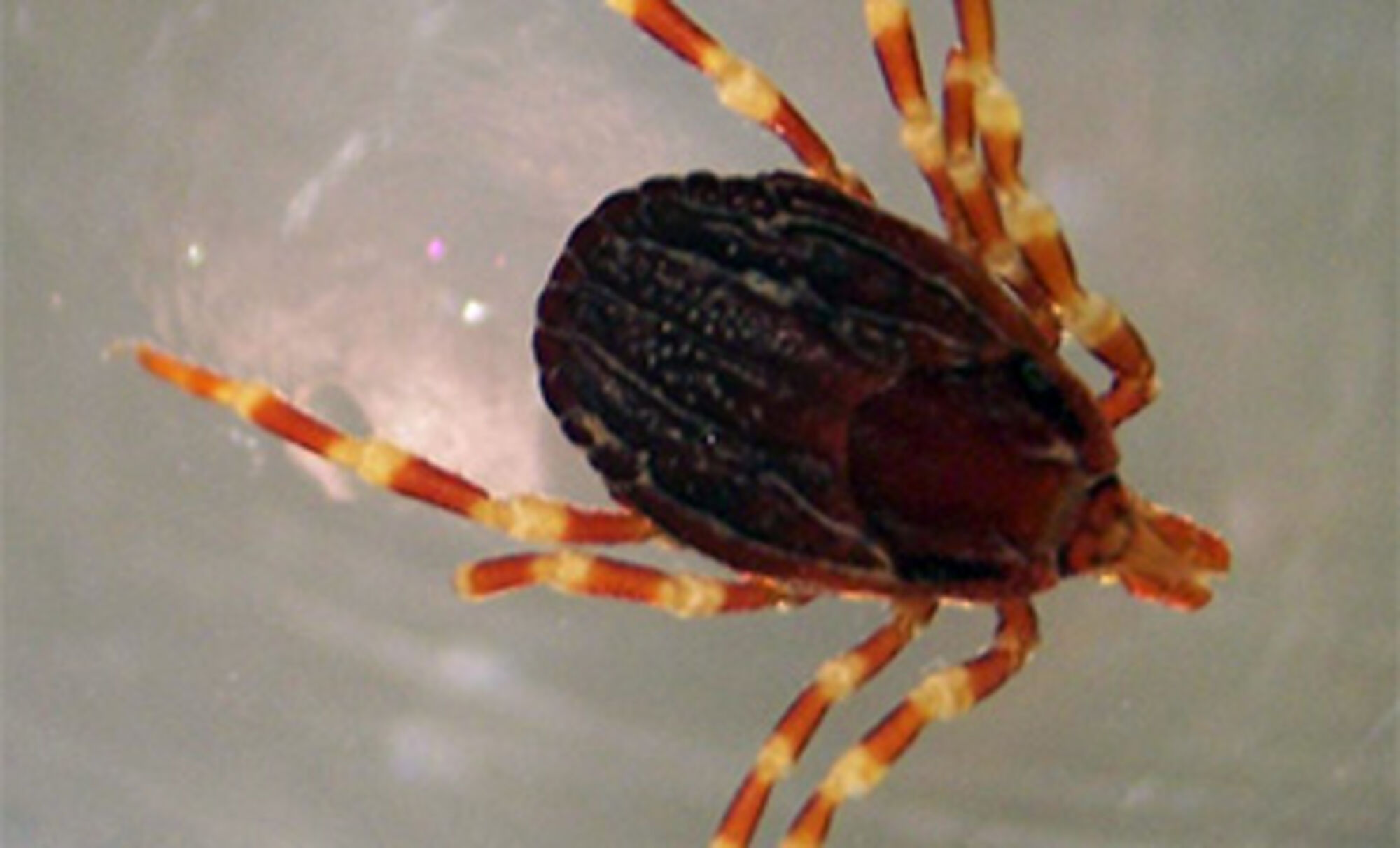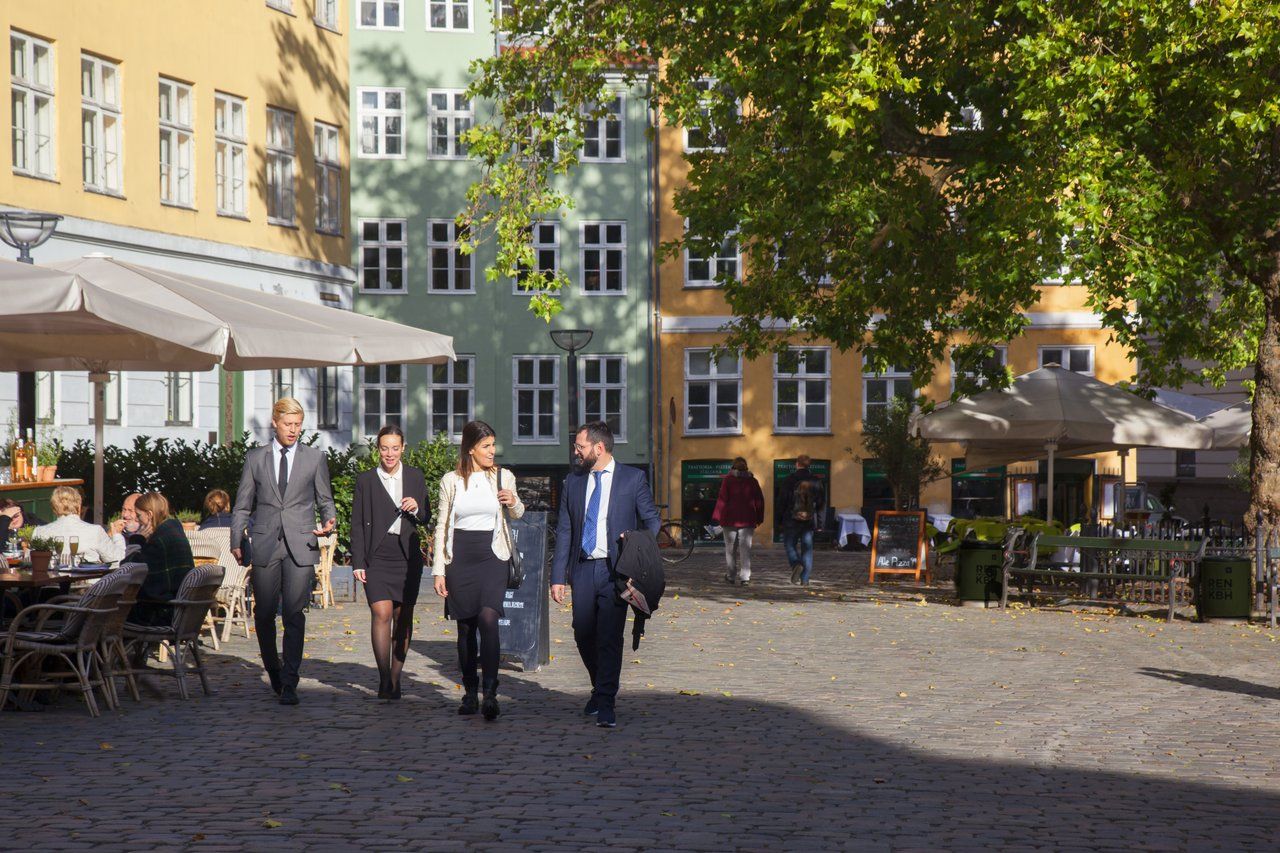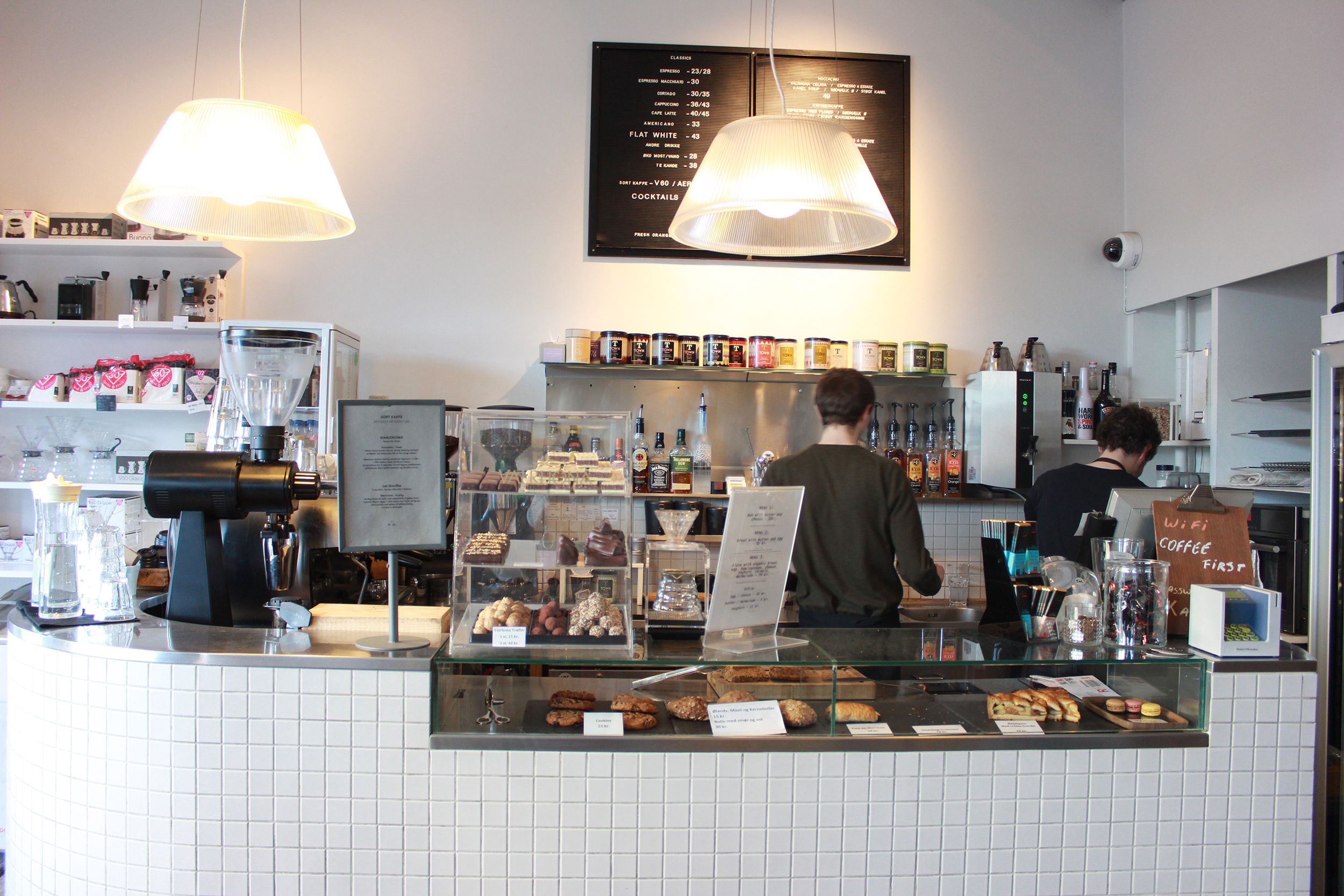Easter is just around the corner and the weather is looking up. Or maybe we’re looking up, wondering what on earth the weather is doing. Either way, snowdrops and crocuses are doing their best to add some colour to the garden. So Jake, Laura, her dad and I decided to add some colour indoors too by decorating our cottage a little early. While everyone else was cooking in the kitchen, we got cracking making pretty eggs from balloons, serviettes and lots of lovely gooey wallpaper paste out in the conservatory.
Feet got stuck to slippers, and slippers, which started off slipping around alright, ended up pretty well stuck to the floor. But all that ripping and dripping was great fun, and it only took a wet cloth to mop up afterwards!
Egg hunt
When we had finished, we hung the balloon eggs up to dry, making sure nothing precious, like a snoozing granddad, was sitting underneath. The glue can still drip a bit and we didn’t want him waking up with a head like a big shiny toffee apple. Then it was time to go outside for an Easter egg hunt with a grand total of 49 eggs.
A tearing hurry?
It wasn’t long before we realised it’s fastest to tear the serviettes up into bits first and then start gluing them onto the balloons. You’ll need about five overlapping layers altogether, which is about half a packet of serviettes per balloon. You can see more pictures on our blog at helendyrbye.blogspot.com
Massive eggs?
Sometimes we write egg hunt poems as clues or draw pictures of hiding places for children to recognise, but as time was short and there were so many eggs, we took the easy route this time and just hid them all over the garden. In bird boxes, on watering cans, under flower pots and … where was it … on the tip of my tongue … oops … that’s one less to hide.
The label on one packet made us laugh. It said in Danish that the eggs were ‘massive’. But they were nothing of the sort. They were tiny. That’s because in Danish massive means ‘solid’ not ‘big’. Whatever they were, they were tasty enough and much easier to hide than big eggs would have been.

Gone for good?
In fact some were very hard to find again when the time came, like the ones in the photo. About six were so well tucked away that we never did find them again. It was egg-sasperating. Try as we might, we simply couldn’t remember where we’d put them.
Who knows? Maybe next time we look there’ll be one mummy blackbird with a brown bottom trying to hatch them. But not if she’s feeling a little peckish!
Charlie and the chocolate factory?
Of course, ‘chokolade’ and ‘æg’ are two of the first Danish words that English speaking foreigners learn to get their tongues around. But here the nearest chocolate factory is Toms not Charlie’s. Tom was a name formed by taking the first letters of the two chocolate factory founders’ names: Trojel and Meyer. Back in 1924, they called the company ‘Tom’ without the s on the end. But as ‘tom’ means ‘empty’ in Danish, they had to change it. No one wanted to buy tins of chocolates with ‘empty’ printed on them.
High-class chocolate production
Schoolchildren are welcome to visit the Toms factory with their teachers and can book a visit online under ‘opleve Toms’ at www.tomsgroup.com. You’ll need to read the interesting facts translated on the website first though, or sweeten up a friendly Dane and take them along to interpret because the tours are not in English.
Egg-spedition to a chocolate outlet
If you fancy a treat with your family, you can follow the clues provided by another quality Danish chocolate producer at www.spangsbergchokolade.dk and go egg-sploring on a chocolate hunt of your own to Spangberg’s outlet stores (on Fridays in Herlev 11:00-17:00 or Taastrup 12:00-17:00. You won’t find eggs but ‘flødeboller’ are delicious too – even slightly wonky ones. Seconds, anyone?














